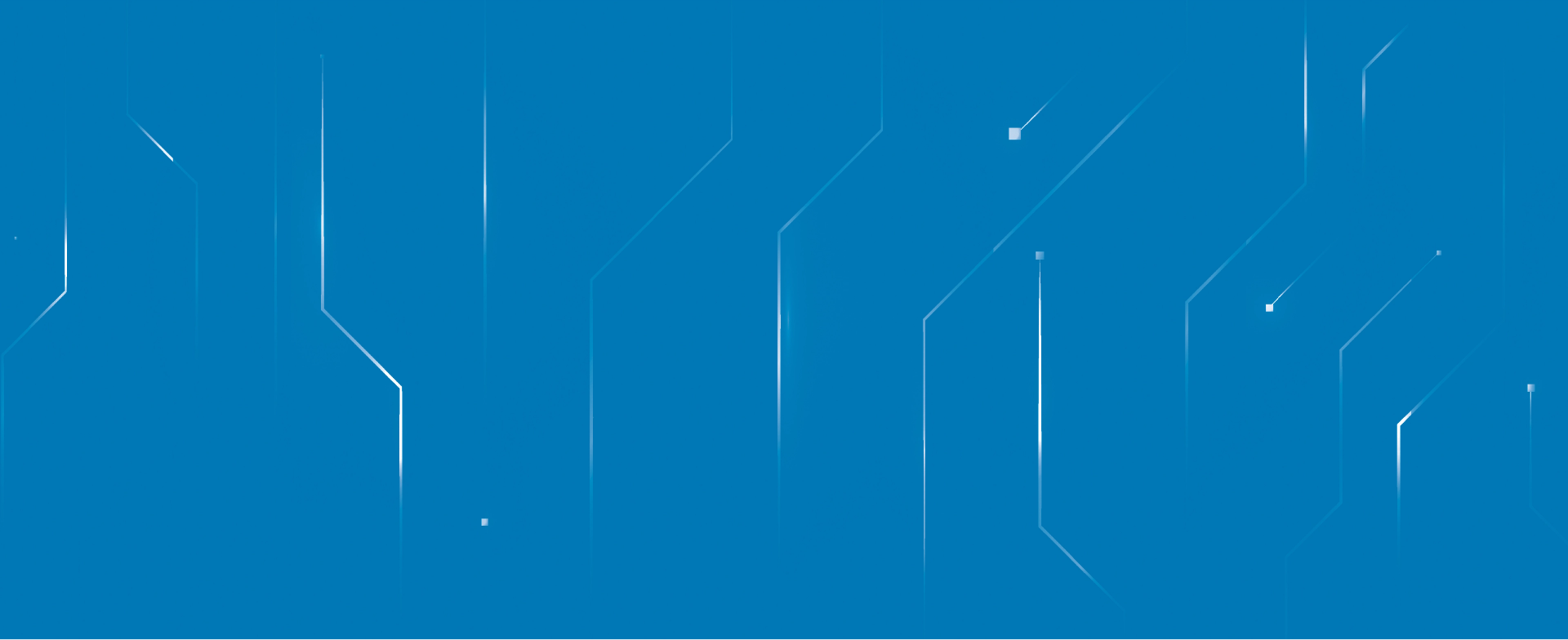In recent years, cloud computing has revolutionised the way businesses approach IT infrastructure, becoming a cornerstone of modern operations. The shift towards cloud-first strategies has been accelerated by global events, such as the COVID-19 pandemic, prompting organisations to embrace the flexibility and scalability offered by cloud solutions. However, amidst the buzz surrounding “The Cloud,” some confusion remains. At Odyssey, we understand the importance of cloud deployment in empowering businesses to leverage technology effectively.
Learn more about cloud deployment in our guide, and don’t hesitate to get in touch for more information and advice.
Understanding The Cloud
Before we dive any further into cloud deployment, let’s go back to basics to understand what the cloud is. At its core, the cloud refers to a network of remote servers hosted on the internet rather than on-premises infrastructure. These servers are designed to store, manage, and process data, run applications and deliver various services to users over the internet.
One of the fundamental aspects of cloud computing is its on-demand availability, allowing users to access computing resources, such as storage, processing power, and applications, without the need for direct management or ownership of physical hardware. This accessibility is facilitated through a pay-as-you-go model, where users only pay for the resources they consume, similar to utility billing.
The cloud operates on a shared infrastructure model, where multiple users or organisations can utilise the same pool of computing resources simultaneously.
What is Cloud Deployment?
Cloud deployment involves getting your computer systems, like servers and storage, set up and running on the internet instead of in your own building. You decide on the best setup for your needs, whether it’s using a public cloud service, setting up a private cloud just for your company, or a combination of both. Essentially, it’s like shifting your IT operations to a virtual space where you can manage everything online easily.
3 Cloud Deployment Models
Cloud deployment models represent different configurations of how cloud computing resources are provisioned, managed, and accessed. These models play a crucial role in shaping the infrastructure and operations of businesses, offering varying levels of control, security, and customisation. Let’s explore the main cloud deployment models and their relevance to businesses:
1. Public Cloud:
In the public cloud deployment model, computing services are provided by third-party cloud providers over the Internet. These services are shared among multiple users or organisations, allowing them to access computing resources on demand.
Public clouds offer scalability, flexibility, and cost-effectiveness, making them ideal for startups, small businesses, and enterprises alike. Businesses can leverage the pay-as-you-go model to scale resources based on fluctuating demands without the need for upfront investments in hardware or infrastructure.
2. Private Cloud:
Unlike the public cloud, a private cloud is dedicated exclusively to a single organisation. It can be hosted on-premises or by a third-party provider, offering greater control, security, and customisation options.
Private clouds are suitable for organisations with specific compliance, security, or performance requirements. They provide granular control over infrastructure and data, making them ideal for industries such as finance, healthcare, and government, where data sovereignty and regulatory compliance are paramount.
3. Hybrid Cloud:
A hybrid cloud deployment combines elements of both public and private clouds, allowing data, applications, and workloads to be seamlessly shared between them. This model provides the flexibility to leverage the scalability of the public cloud while maintaining sensitive data or critical workloads in a private environment.
Hybrid clouds offer the best of both worlds, enabling businesses to optimise performance, cost, and security based on their specific needs. They are particularly beneficial for organisations undergoing digital transformation, allowing them to modernise legacy systems while retaining control over sensitive data and applications.
Cloud Computing Models
Cloud computing service models define the type of cloud services provided to users and how they are delivered. These models offer businesses different levels of management, flexibility, and control over their IT infrastructure and applications.
Infrastructure as a Service (IaaS):
IaaS provides users with virtual computing resources over the internet, including servers, storage, and networking infrastructure. Users can rent these resources on-demand, paying only for what they use, without the need to manage physical hardware.
Platform as a Service (PaaS):
PaaS offers a platform for developing, deploying, and managing applications over the Internet without the need to manage the underlying infrastructure. It provides tools and services for application development, such as databases, middleware, and development frameworks.
Software as a Service (SaaS):
SaaS delivers software applications over the internet on a subscription basis. Users access these applications through a web browser or API without the need for installation or maintenance. Examples of SaaS applications include email, customer relationship management (CRM), and productivity tools.
Navigating the Cloud: Get in Touch
By understanding the cloud service models, businesses can make informed decisions about how to harness the power of the cloud to drive innovation, streamline operations, and accelerate growth. Whether building scalable infrastructure, developing and deploying applications, or accessing software solutions, the cloud provides a flexible and scalable platform for businesses to thrive in today’s digital era.
At Odyssey, we specialise in delivering expert IT and cloud services tailored to businesses of all sizes. If you’re looking to embark on your cloud journey or need guidance on optimising your existing cloud infrastructure, we’re here to help. Get in touch with us today for more expert advice and personalised assistance in unlocking the full potential of cloud computing for your business.
Frequently Asked Questions
What are the benefits of using the cloud?
Cloud computing offers several benefits, including scalability, flexibility, cost-efficiency, accessibility, and improved collaboration. It allows businesses to scale resources up or down based on demand, access applications and data from anywhere with an internet connection, and reduce upfront infrastructure costs.
Is the cloud secure?
Security is a top priority for cloud providers, who implement robust measures to protect data and infrastructure. However, it’s essential for businesses to implement proper security practices and protocols to ensure the safety of their data and applications in the cloud.
How can businesses migrate to the cloud?
Businesses can migrate to the cloud by assessing their current IT infrastructure, identifying workloads suitable for migration, selecting the appropriate cloud deployment model and service model, and implementing a migration strategy with the help of cloud experts or service providers.
At Odyssey, we can help you make the migration process simple. Contact us today to learn more.
Related Articles
Types Of Internet Connectivity For Your Business
Move Your Data To The Cloud
What Is The Cloud?




